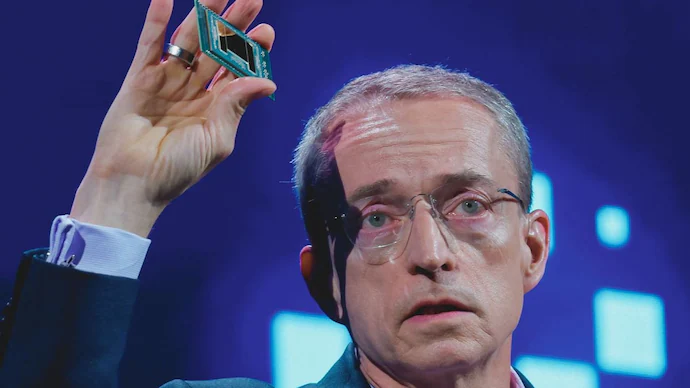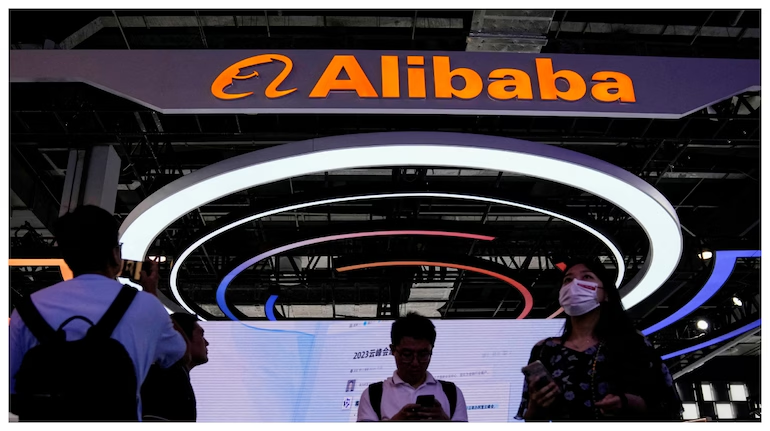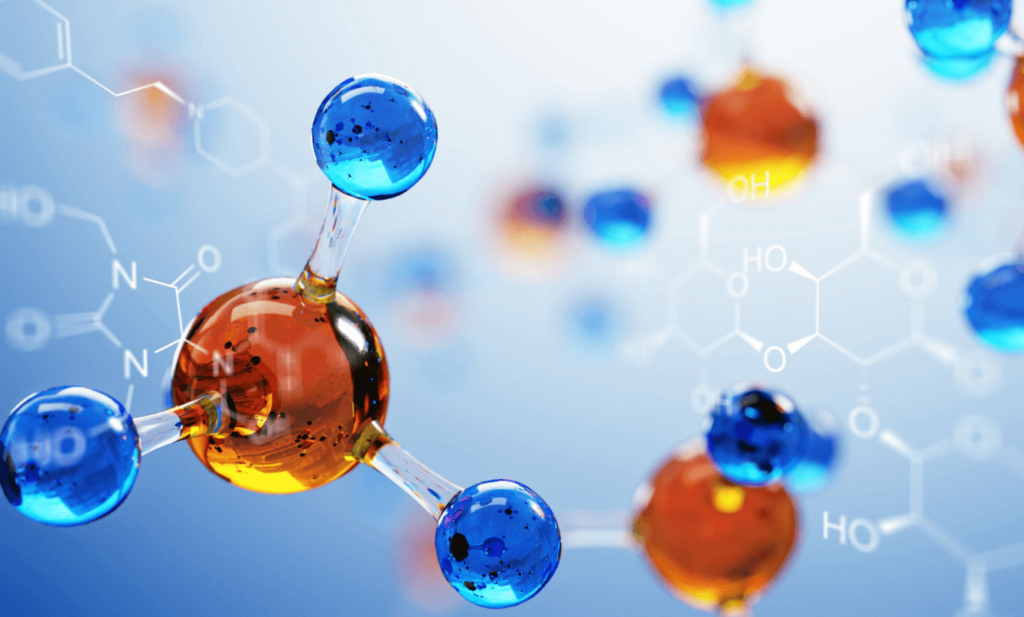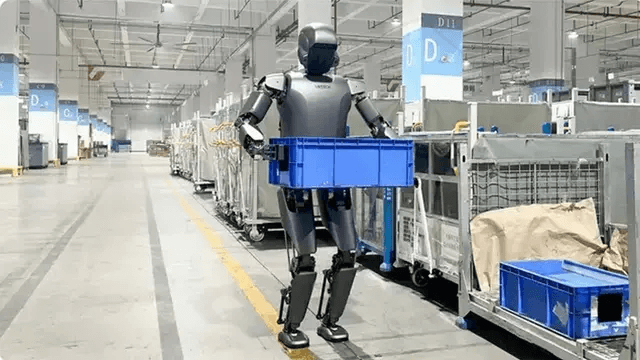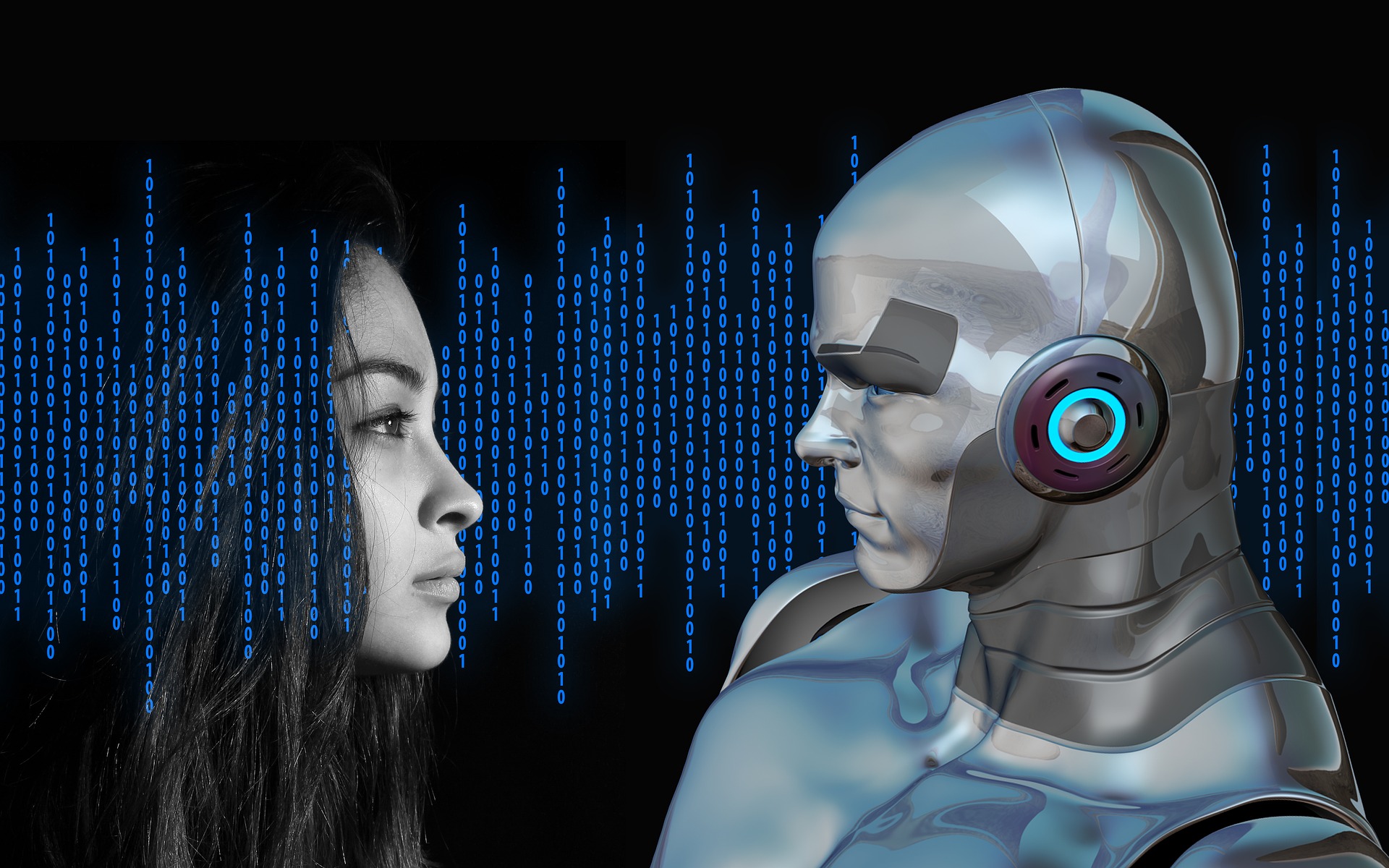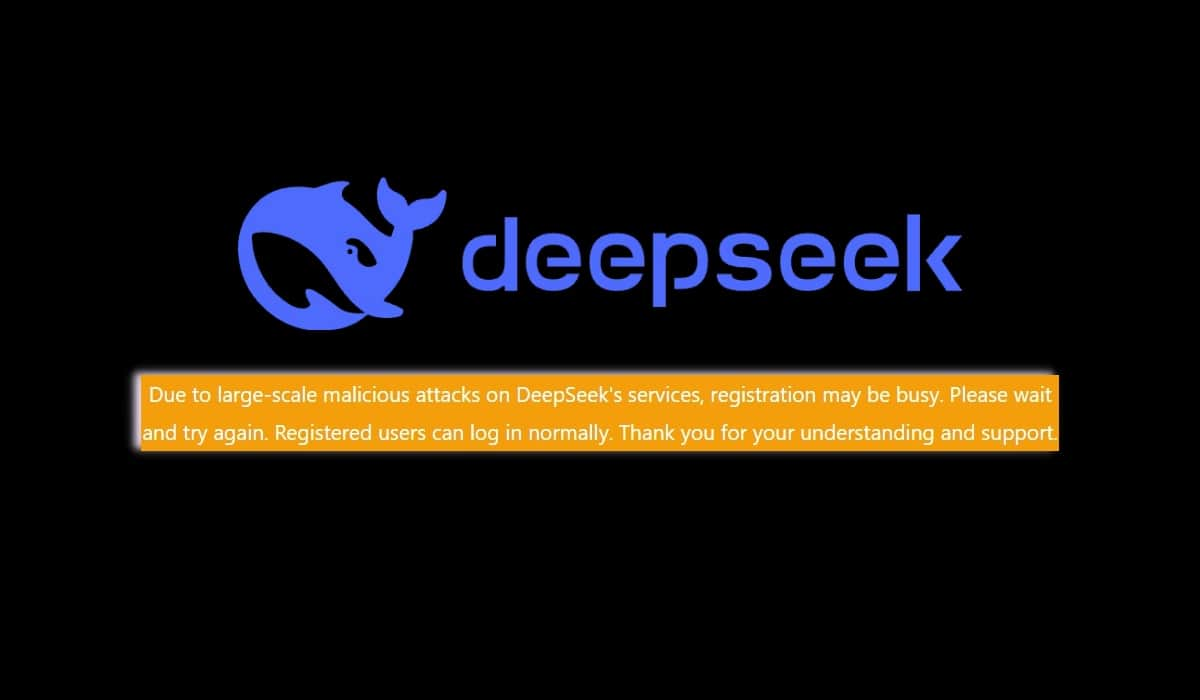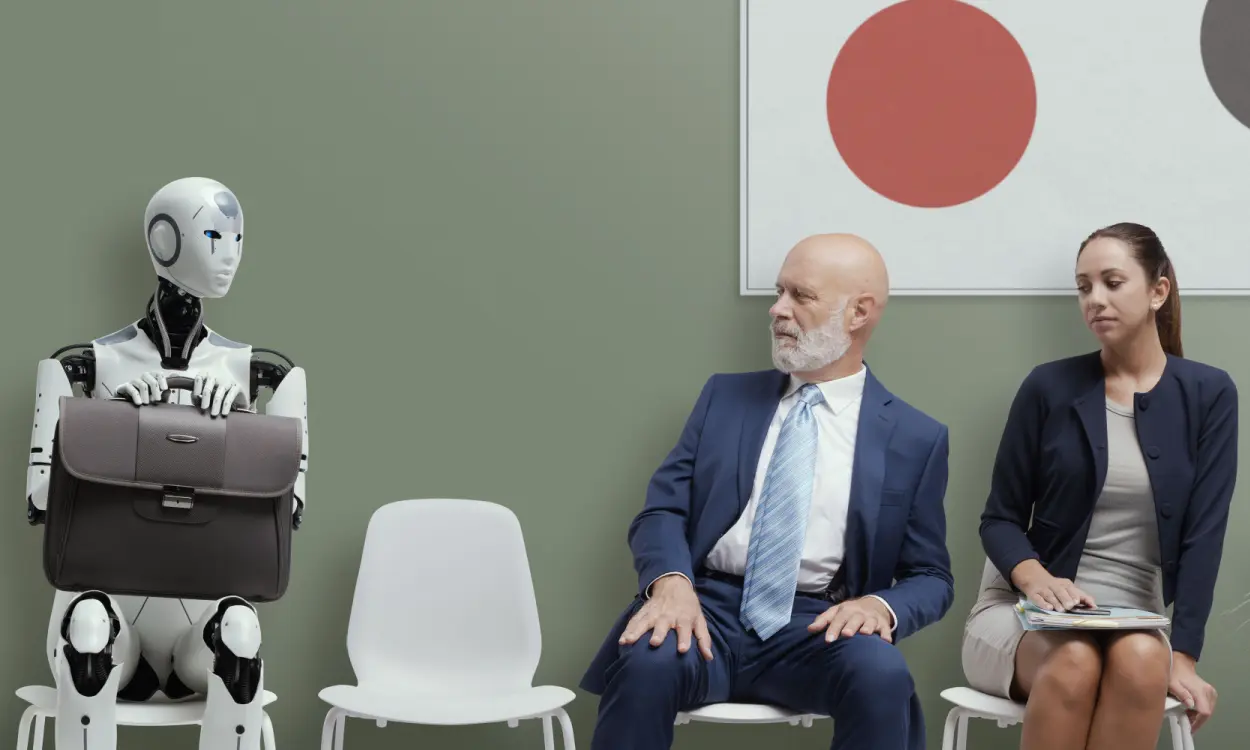
As artificial intelligence (AI) continues to reshape industries, 2025 is poised to witness a significant shift in the global job market. While AI offers unparalleled efficiency and innovation, it is also raising concerns about job displacement across various sectors, leaving millions of workers wondering about their future.
The Rising Tide of AI Automation
Over the past decade, AI technology has evolved from a supporting tool to a driving force in industries such as manufacturing, customer service, healthcare, and finance. Tasks that were once the exclusive domain of human workers are now being automated. According to a recent report, nearly 20% of jobs worldwide could be at risk due to AI-powered automation by the end of 2025.
Industries Facing the Greatest Impact
- Manufacturing and Logistics: Automation and robotics are expected to replace repetitive manual tasks. From assembly lines to warehouse operations, machines are increasingly taking over roles that were once performed by humans.
- Customer Service: AI chatbots and virtual assistants are becoming the new face of customer support, reducing the need for human agents in call centers.
- Healthcare Administration: While doctors and nurses remain irreplaceable, administrative roles in healthcare, such as scheduling and billing, are being streamlined by AI systems.
- Finance and Banking: AI algorithms are now handling tasks like data analysis, fraud detection, and customer interactions, significantly reducing the demand for human labor.
Human Job Loss: A Dual-Edged Sword
While some fear widespread unemployment, experts argue that AI will also create new opportunities. However, the transition may not be seamless. Workers in roles displaced by AI will need to adapt, reskill, and transition into emerging fields.
Emerging Job Opportunities
- AI Maintenance and Development: As the adoption of AI grows, there will be an increased demand for specialists who can build, maintain, and improve these systems.
- Human-AI Collaboration Roles: New roles will emerge where humans work alongside AI, combining the creativity of humans with the analytical power of AI.
- Green Technology Jobs: The push for sustainable technologies is creating opportunities in renewable energy, environmental science, and green innovation, areas where AI plays a supportive role.
The Need for Government and Corporate Action
To address the challenges of job displacement, governments and corporations must take proactive steps.
- Invest in Reskilling Programs: Training initiatives can help workers transition into roles that require new skills.
- Support Emerging Industries: Governments should incentivize sectors likely to generate jobs in the AI-driven economy.
- Establish Ethical Guidelines: Policymakers must ensure that AI deployment considers the socioeconomic impact on workers and communities.
A Glimpse Into 2025
By the end of 2025, the relationship between AI and human labor will likely reach a tipping point. While certain jobs may vanish, the workforce will evolve, emphasizing roles that leverage human creativity, emotional intelligence, and adaptability—areas where AI still cannot compete.
The challenge lies in navigating this transition effectively, ensuring that the rise of AI leads to shared prosperity rather than societal division. For workers, the key will be embracing change, learning new skills, and preparing for a future where humans and AI work hand in hand.
Conclusion
The year 2025 will be pivotal for the global workforce as AI continues to redefine the landscape of employment. With proactive measures and a focus on innovation, society can ensure that this technological revolution benefits both businesses and individuals.
